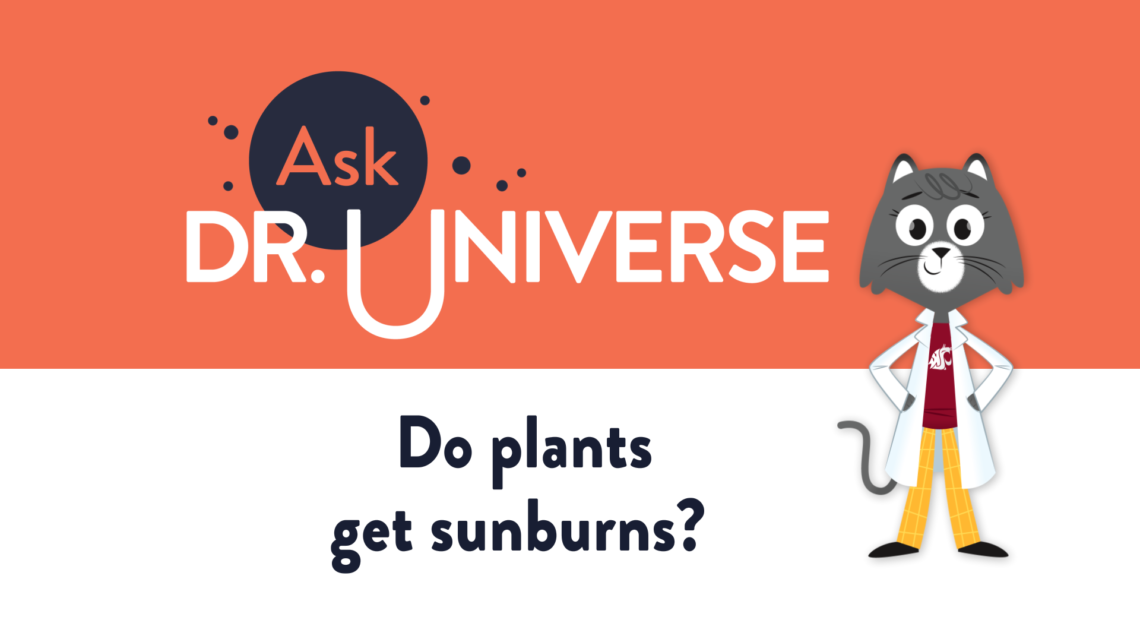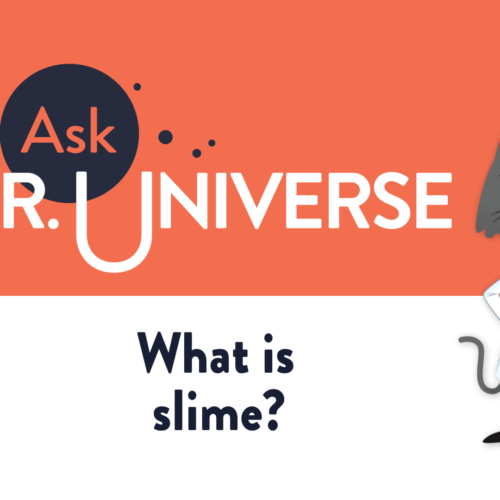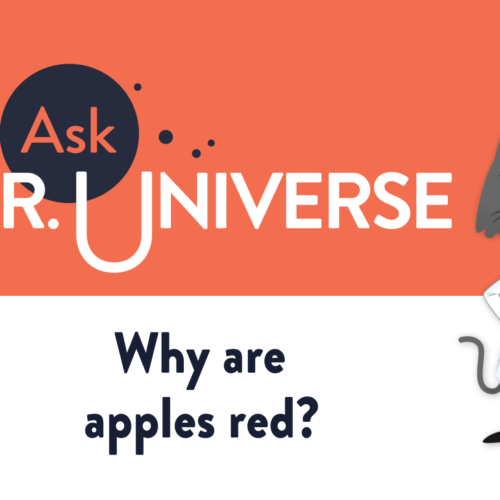Do Plants Get Sunburns?

Ask Dr. Universe
Learn More
Dear Elijah,
That’s a great observation. For as much time as plants spend outside in the sun, we really don’t see too many with a sunburn.
I decided to take your burning question to my friend Cynthia Gleason. She’s a plant scientist at Washington State University and knows a lot about plant defense.
Plants actually make their own kind of sun block, she said. It helps protect them from the sun’s intense ultraviolet rays.
We can’t see ultraviolet light, but we think bees can see it. This light helps bees find flowers so they can pollinate the plants and drink their nectar. Ultraviolet light might be useful for buzzing bees, but too much ultraviolet light can do some serious damage to plants.
“Unlike humans, plants can’t just move into the shade or put on a hat when the sun gets too intense,” Gleason explained. “Of course, plants also can’t slather on sunscreen.”
As you may remember from last week’s question, plants need sun to make their own food, as well as the oxygen we all breathe.
Plants face an interesting challenge because they need sun, Gleason said, but not too much sun. Otherwise, they might shrivel up, turn yellow, or even die.
For a long time, scientists weren’t really sure how plants avoided getting burnt to a crisp. But a few years ago, a group of researchers investigated a science question very similar to yours.
They found that when plants get too stressed out from the sun, they start to make their own kind of sun block. It isn’t like the sunscreen that humans squeeze out of a bottle or spray on. But like sunscreen humans use, it blocks the ultraviolet light.
The plant’s sun block is actually a combination of special molecules that form in the plant’s tissue. These molecules join together to create a compound that blocks the ultraviolet light. But at the same time, these compounds still allow other kinds of sunlight to pass through. That way, the plant can still make its own food—without turning into a lobster.
Plants aren’t the only living things that make their own concoction of chemicals to stay safe in the sun either. Some zebra fish create a compound that protects them from the sun, too. Even hippos make a kind of orange sweat that helps protect them from ultraviolet rays.
The sun is not only good for plants, but also for us. It gives us Vitamin D that our bodies use to help our bones stay strong. Thankfully for humans, chemists have invented sunscreen to keep you safe from the sun’s rays while exploring outside. And luckily for us cats and other critters, we can usually find a nice shady tree.
Sincerely,
Dr. Universe
Full Transcript
– [Narrator] – Hey cool cats, I’m Dr. Universe here to answer your baffling science questions. Like this one, “Dear Dr. Universe, Why don’t plants get sunburns?” That’s a great observation. For as much time as plants spend outside, we don’t see too many with a sunburn. Plants need sun to grow, but not too much sun. Since they can’t move into the shade, put on a hat or sunscreen, they have their own way of staying safe in the sun. They make their own kind of sunblock. Of course, it isn’t much like the sunscreen you and I might use. Plants make their sunscreen out of a special combination of building blocks called molecules. They join together to make a compound, and block out ultraviolet light from the sun. It’s the kind of light that can cause damage to skin, or other living tissues. The compound still allows other kinds of sunlight to come through. That way, the plant can live and grow without getting fried in the sun. Send me a science question of your own at askdruniverse.wsu.edu.












